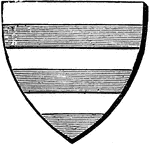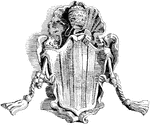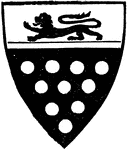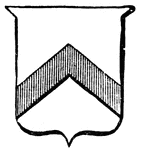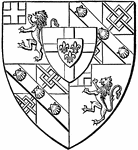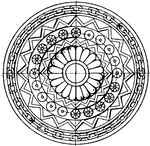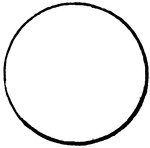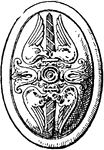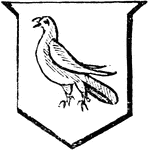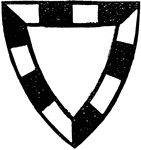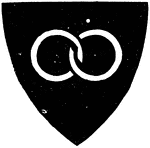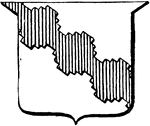
Bend Grady
"Argent, a Bend Grady Gules. GRADY. In heraldry, cut into steps, one upon another: said of lines, of…
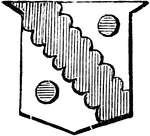
Bend Invected
"Argent, a bend gules, invected between two hurts. INVECTED. A line formed with small semicircles, with…
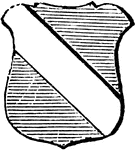
Bend Ordinary
"Azure, a bend argent. BEND. One of the honourable ordinaries formed by two diagonal lines drawn from…
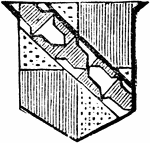
Bend Over All
"Quarterly or and gules, over all a bend vair. OVER ALL. This expression describes a figure borne over…

Bend Sinister
Argent, a scarpe, purpure. The scarpe is the diminutive of the bend sinister, and is half its size.…
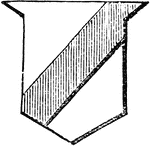
Bend Sinister
"Argent, a bend sinister gules. BEND SINISTER. Is the reverse of the bend; it is seldom found in coats…
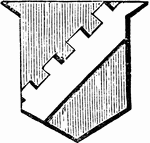
Bend Sinister Embattled
"Gules, a bend sinister embattled, argent. EMBATTLED. A line, formed like the battlements on a wall…
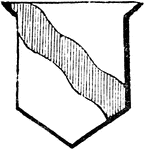
Bend Undy
"Argent, a bend undy, gules. UNDY. A term used to express the word wavy by Gwillim and other ancient…
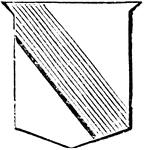
Ordinary Bend
"Argent, a bend, vert. The bend is an honourable ordinary, formed by two diagonal lines drawn from the…
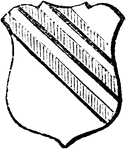
Bendlets Enhanced
"Argent, three bendlets, enhanced gules. ENHANCED. A term applied to bearings placed above their usual…
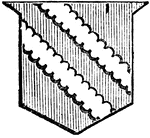
Shield Showing Bendlets
Argent, a bend sinister, purpure. The bend sinister is the same breadth as the bend dexter, and is drawn…
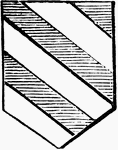
Bendy Ordinary
"Bendy of six pieces, azure and argent. BENDY. This word serves to denote a field divided diagonally…
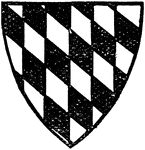
Paly Bendy
"Produced by lines drawn vertically, by others drawn diagonally, or by a compound of Paly and Bendy."—Aveling,…
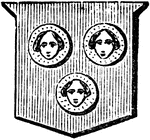
Bezants Figured
"Gules, three bezants figured. FIGURED. Those bearings which are depicted with a human face, are said…
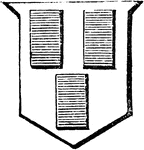
Billets
"Argent, three billets azure, two over one. BILLETS. This charge is, by some authors, supposed to represent…
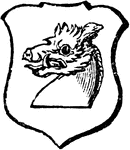
Boar Couped
"Argent, a boar's head proper couped. COUPED. The head or limbs of any animal cut close is called couped."…

Boar Tusked
"Argent, a boar's head, erased proper, tusked gules. TUSKED. Any animal having tusks of a different…

Boar's Head Erect
"Argent, a boar's head erect, and erased. ERECT. This is said of any animal or parts of animals, naturally…
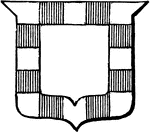
Bordure Gobonated
"A Bordure Gobonated Argent and Gules. GOBONATED. In heraldry, same as componé." -Whitney, 1911
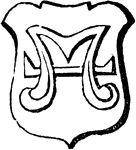
Boujet
"Argent, a boujet proper. BOUJET. An ancient water bucket, frequently borne in shields of arms." -Hall,…
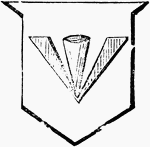
Broad Arrow
"Argent, a broad arrow gules. BROAD ARROW. An ancient weapon of war, thrown by an engine. It is frequently…
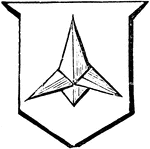
Caltrop
"Argent, a caltrop proper. CALTROP. An iron instrument made to annoy an enemy's cavalry. They were formed…
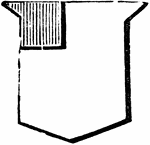
Canton
"CANTON. The French word for corner. It is a small square figure, generally placed at the dexter chief…
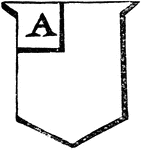
Canton Ordinary
"The canton is a square part of the escutcheon, usually occupying about one-eighth of the field; it…
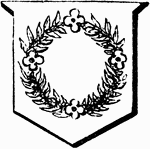
Chaplet
"Argent, a chaplet proper. CHAPLET. An ancient ornament for the head, granted to gallant knights for…
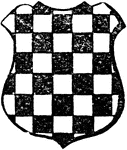
Checky
"Checky, sable and argent. CHECKY. The field covered with alternate squares of metal and fur." -Hall,…
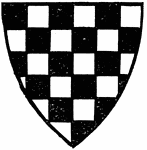
Chequée
"Chequée is when the field is divided by lines perpendicular and horizontal, crossing each other,…
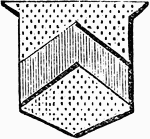
Chevron
"Or, a chevron gules. CHEVRON. This ordinary is supposed to represent the rafters of the gable of a…

Shield Showing Chevron
Argent, two chevronels, gules. The diminutives of the chevron, according to English Heraldry, are the…
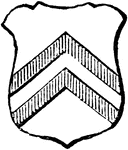
Chevronels
"Argent, two chevronels gules. CHEVRONEL. The diminutive of the chevron, being one half its size." -Hall,…
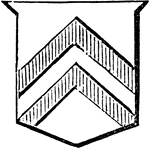
Shield Showing Chevronels
Gules, three couple-closes interlaced in base, or ... the couple-close ... is half the chevronel. -Hall,…
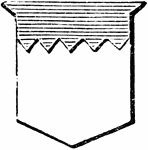
Chief Indented
"Argent, a chief, azure, indented. The chief is an ordinary terminated by an horizontal line, which,…
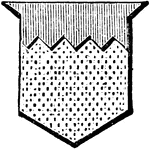
Chief Indented
"Or, a chief gules, indented. INDENTED. A serrated figure, much smaller than the dancette." -Hall, 1862
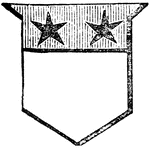
Chief Ordinary
"Argent, on a chief, gules, two mullets, sable. The chief is an ordinary terminated by an horizontal…
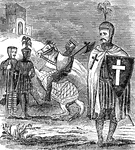
Chivalry and knight-errantry
"The chivalry of the gothic nations began in the woods of Germany. No youth was then permitted to assume…
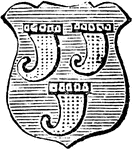
Clarion
"Azure, three clarions or. CLARION. A horn or trumpet borne in this shape in English and German coat-armour."…

Clipeus
"The large shield worn by the Greeks and Romans, which was originally of the circular form, and is said…
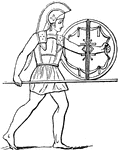
Clipeus
"The large shield worn by the Greeks and Romans, which was originally of the circular form, and is said…
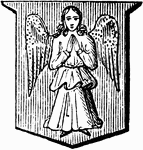
Closegirt
"Gules, an angel erect with wings expanded or, dress closegirt. CLOSEGIRT. A figure whose dress is fastened…
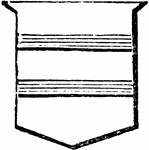
Shield Showing Closet
Gules, two barrulets, argent. The barrulet is half the width of the closet. -Hall, 1862
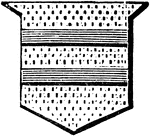
Closets
"Or, two closets azure. CLOSET. A diminutive of the bar, being only one half its width." -Hall, 1862

Roman Clypeus
"The following cut represents a Roman clypeus, from the column of Trajan. The projection in the centre…
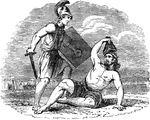
Codrus slain
"Determined to save his own country at the expense of his own life, Codrus disguised himself in a peasant's…
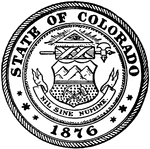
Seal of Colorado
The Seal of Colorado, 1876. The seal shows The Eye of Providence and Colorado's motto 'Nil sine numine'…
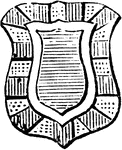
Compony
"Argent, an inescutcheon azure, border compony, or and gules. COMPONY. A term applied to a bordure,…
